Walking through FHHS is like walking through a snowstorm of bulletin boards filled with posters for clubs, increasing the pressure to join them all. In FHHS, it is easy for students to get overwhelmed with joining too many clubs, which can mess with students’ academic performance, cause bad stress and is something that can occur without students even noticing. Students should narrow their focus to a few sports or clubs that will help them reach their long-term goals?
For starters, being in a lot of clubs can start to interfere with a student’s performance in school. According to a study conducted by the educational company Magoosh, “More than half of high school students (56 percent) said they procrastinate because they get distracted by other things they’d rather be doing.” Reasons for this could be attributed to extracurricular activities, work and additional responsibilities, which proves that while being in clubs is a great way to open opportunities for students, being in too many can add a lot of responsibility and extra stress to a teenager’s life. Although procrastination is pretty common in high schoolers, it is not good for students to encounter it while trying to work on homework. In order for students to stay caught up, they need to be able to practice good time management skills and get their work done in a reasonable time. Being in a handful of clubs can help students to practice these skills, but when they overload their schedule, it can get hard to keep track of activities, assignments and their personal lives.
This ties into how students can start to become very stressed by the added responsibilities of balancing a lot of clubs and school. To back up the previous point, according to the American Association of Child and Adolescent Psychiatry, taking on too many activities or having overly high expectations have both been proven to cause stress in teens. Even worse, according to the American Psychological Association, stress can manifest as physical symptoms such as headaches or stomach aches. This proves that becoming over involved in clubs is a real issue that can lead to stress in teenagers’ lives. Experiencing this type of bad stress can become a major difficulty in teens’ lives due to the physical and mental effects that it has. For these reasons, it would be a lot better for students to focus on just a few clubs that they have the time and energy to put their effort into.
However, a lot of people would say that this isn’t that big of an issue because students are already able to gauge how much they are able to handle. However, this can be disproven by the fact that recent research conducted by Stanford Medicine has found that teenagers do not think with the prefrontal cortex, which allows people to respond to situations with good judgment and awareness of long-term consequences. Instead, teenagers use the amygdala to process information, which is the emotional part of the brain. This proves that students’ brains aren’t fully developed enough to comprehend how committing to several clubs might affect their daily lives and future. Therefore, when signing up for clubs, students might not realize what they are getting themselves into and they might not see that they aren’t prepared to take on that much responsibility. High achieving students often feel like they have to join everything in order to be good, however, it is very common for them to get in too deep with things they might not be able to handle. When this happens, it is very common for students to avoid speaking up because they don’t want to feel like they are quitting. With this in mind, it is likely that students might ignore their issues, allowing them to snowball into bigger and worse problems.
In conclusion, joining clubs can have a lot of benefits for students, however, joining too many can start to have more negative effects than positives. To solve this issue, it would be beneficial for secondary schools to better educate students on how to know when they might be overcrowding their schedules in unmanageable ways. If schools start doing this, students would be better able to tell when they’re biting off more than they can chew, and will be able to better understand the amount of stress that will come with it.




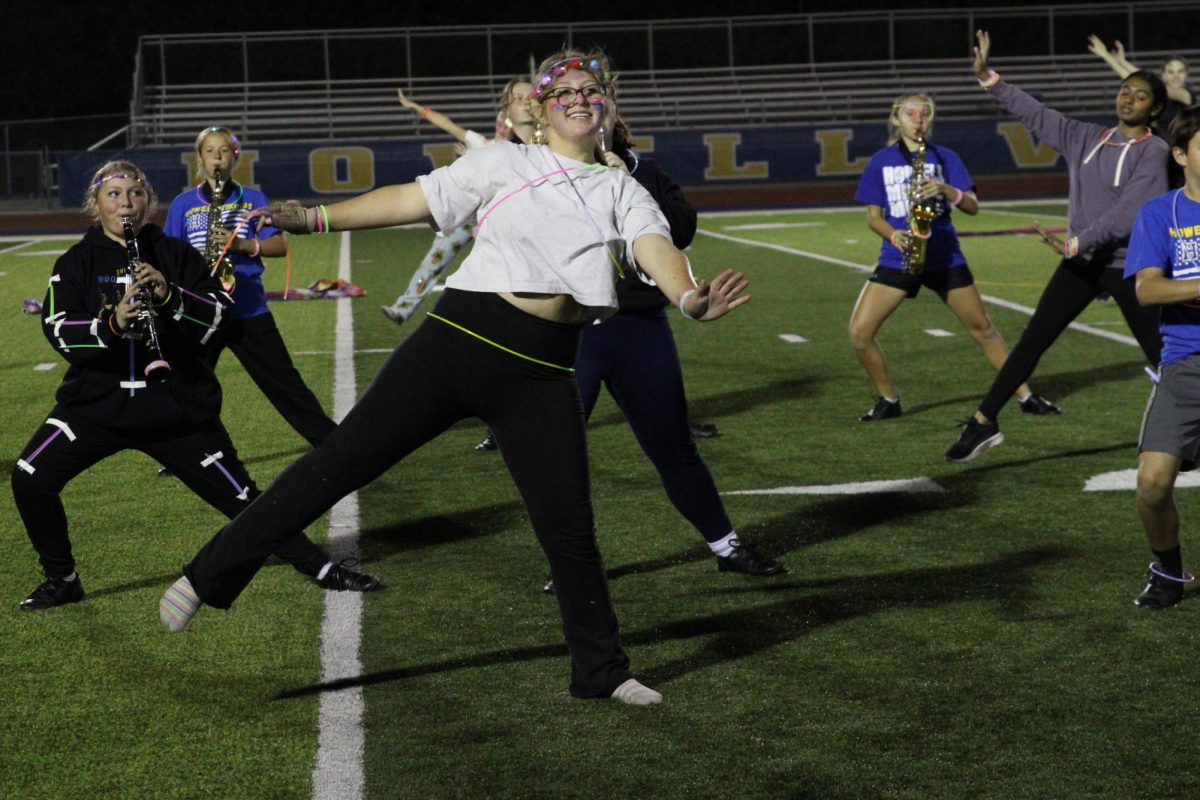



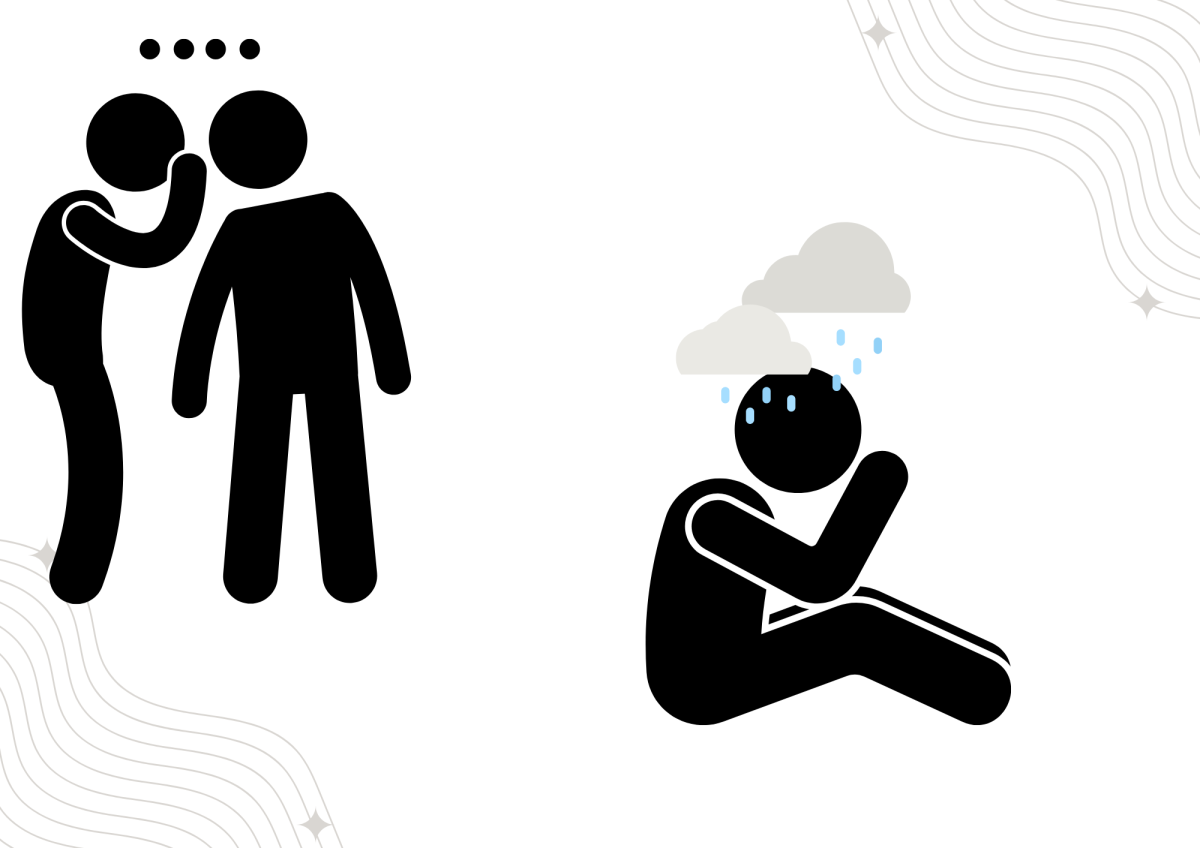














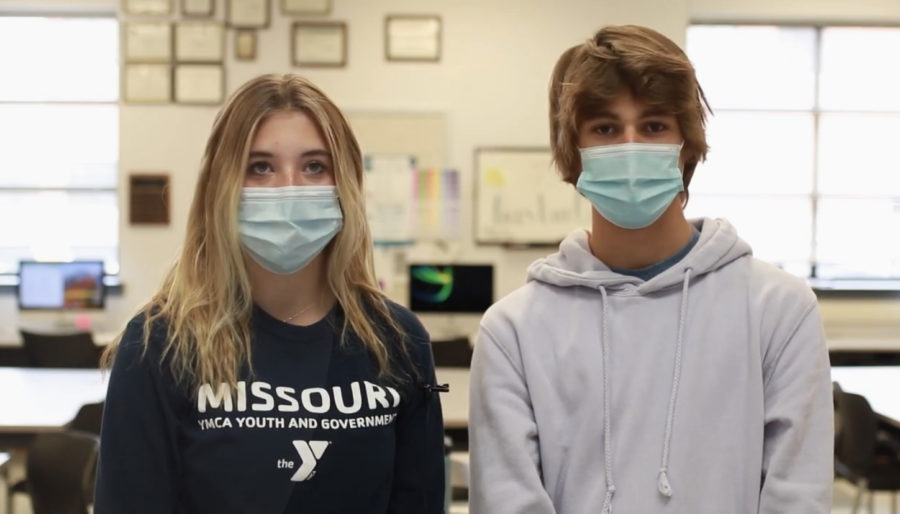


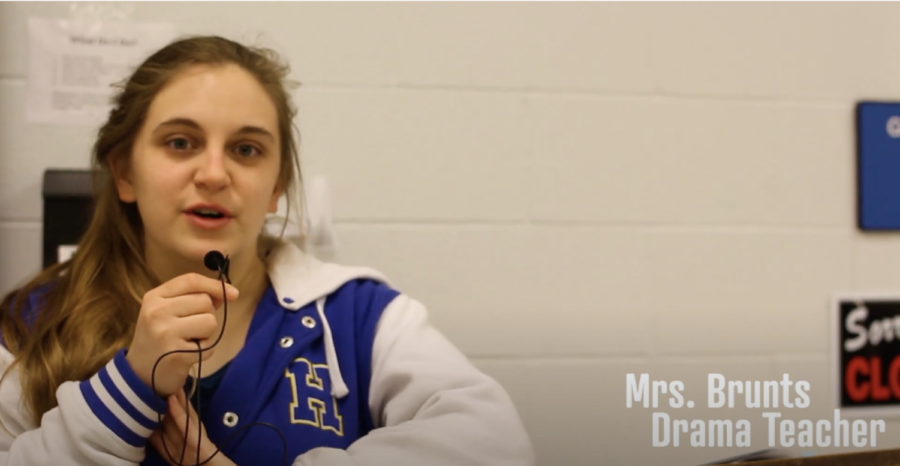





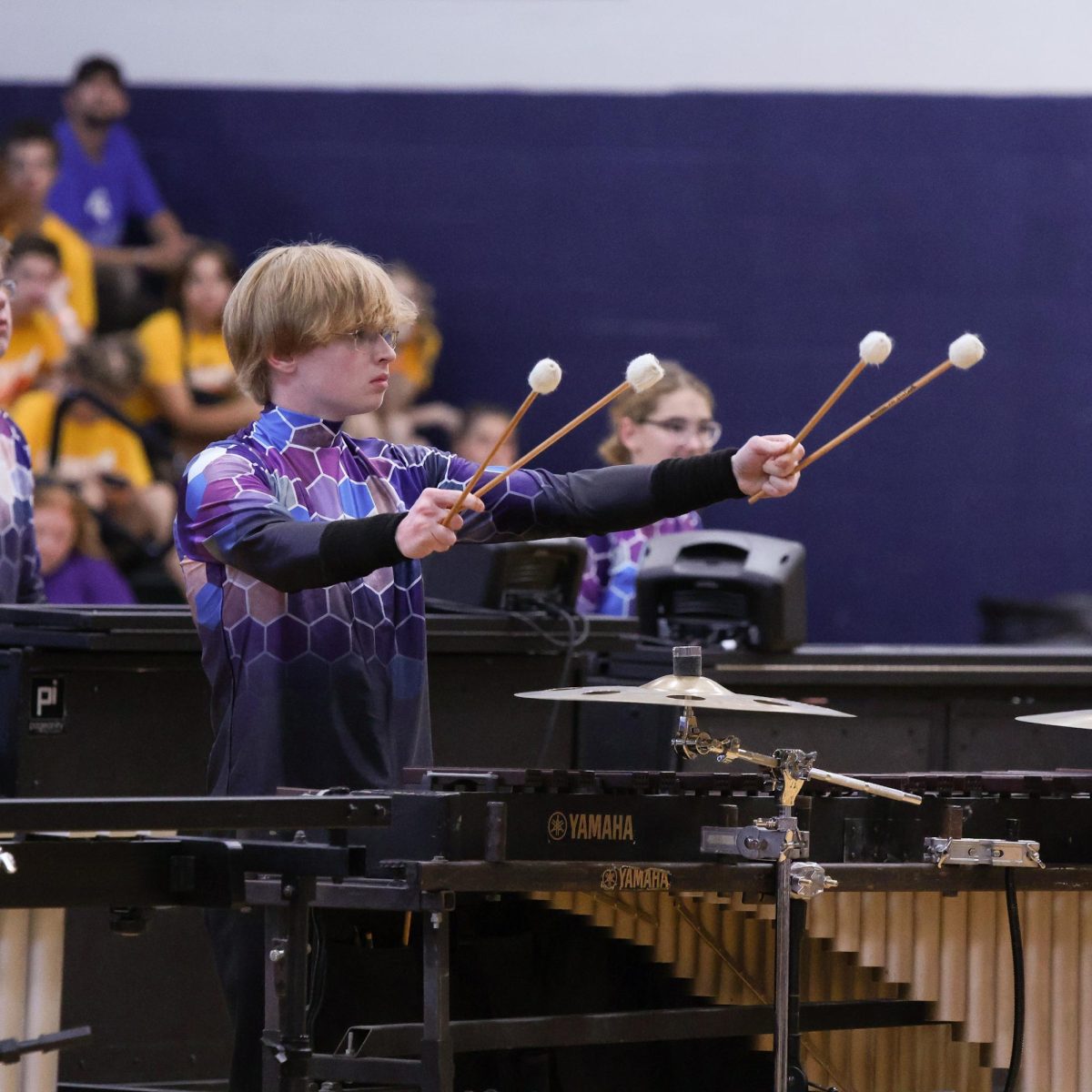






Sarah Griffin • Feb 8, 2024 at 2:08 pm
This is amazingly insightful and actually continues to hold true for adults as well. It is a great thing for everyone to consider when committing to activities!
Ruth • Feb 8, 2024 at 2:08 pm
Very well said!